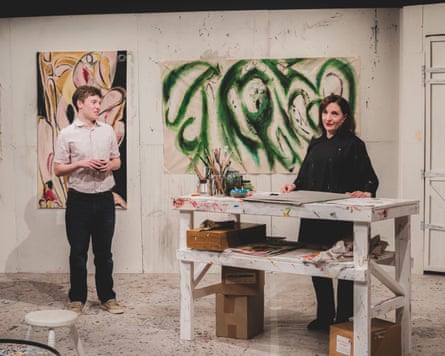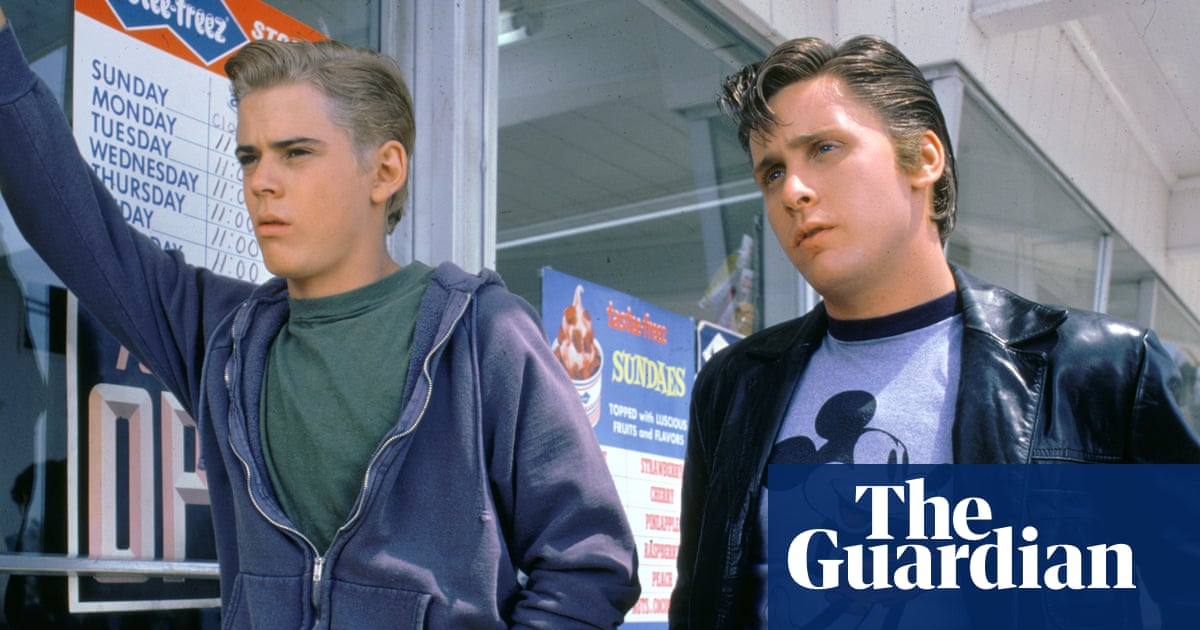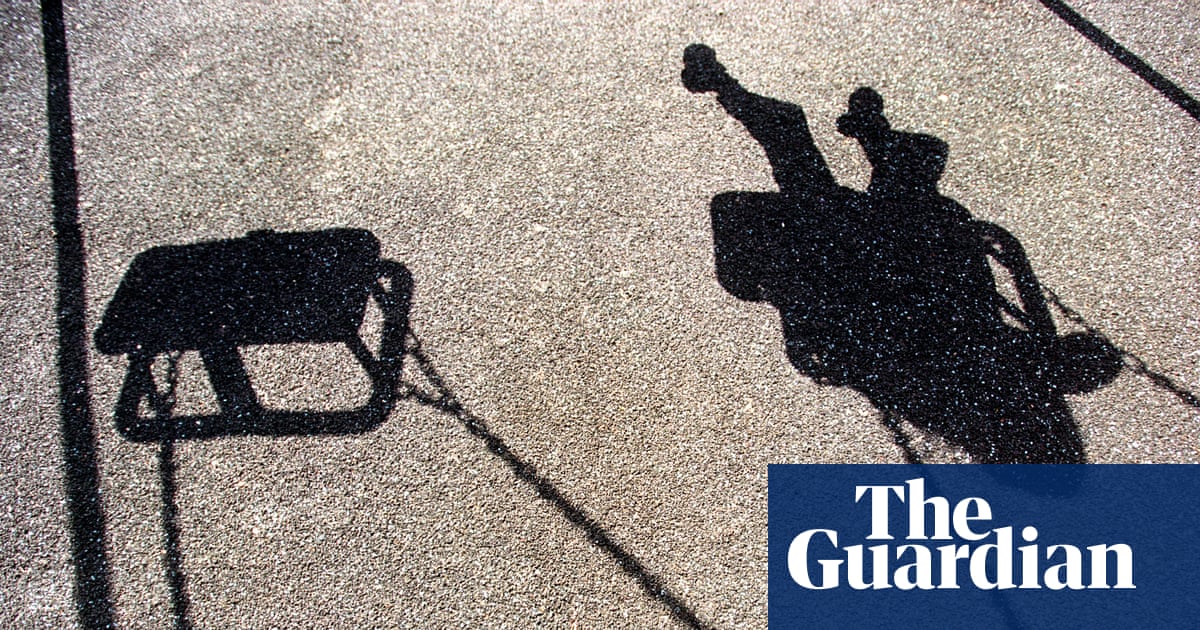Art history is littered with stories of female artists dismissed as the lovers, muses or wives of the “great men” they lived with, from sculptor Camille Claudel, eclipsed by her relationship with Auguste Rodin, to the photographer-painter Dora Maar, by hers with Pablo Picasso.
Lee Krasner, regarded as Mrs Jackson Pollock for much of her lifetime, was another: a painter who was part of the momentous post-expressionist movement of the 1950s US. Her rancour at being so overshadowed is clear in Cian Griffin’s slowly intriguing play, situated 13 years after Pollock’s death (in a car crash, at the age of 44, while intoxicated), but so is her devotion to him, and her toughness.
Krasner (Helen Goldwyn, fantastically crabby) is working in her studio, designed by Ian Nicholas, with paintings wrapped around the walls of the auditorium, when Hank (Will Bagnall), a teenage delivery boy from her local Long Island grocery store interrupts her.
He is an aspiring artist and wants to show her his portfolio, he says, but then pulls out a painting that Pollock gave his late father, decades ago, in exchange for unpaid groceries. It is an early work with no signature, which he wants Krasner to authenticate.

Directed by Jason Moore, the play seems to unravel like a Socratic dialogue at first between the artist and the disciple about the purpose of art and why Krasner paints, with the latter delivering peals of wisdom and shoehorning in messages about the absence of female artists in the canon.
But the awkward exposition and biography gradually fall away to reveal an affecting play about an artist who has been overshadowed for much of her life, yet has lost none of her passion or drive for her work.
The ghost of Pollock (Tom Andrews) occasionally stalks the stage as a memory or critical inner voice. He judges, mansplains and fights with her (“I hate what you’ve done with the place,” he says of the studio, in one funny line). His lover is mentioned (she was also in the car crash, but survived) and so is his alcoholism. The script manages to convey a sense of genuine love and collaboration between the couple, as well as their open hostility.
It suggests that Krasner, at the very least, co-founded the drip technique that Pollock became famed for, and traverses its central theme of intellectual (and actual) theft within a romantic partnership in a succinct yet subtle way.
It turns into deft writing, with performances that feel real; Goldwyn is particularly strong as an artist who is tormented by the overbearing shadow of her celebrated husband, yet painting on regardless, simply because she can’t not.

 2 months ago
69
2 months ago
69

















































